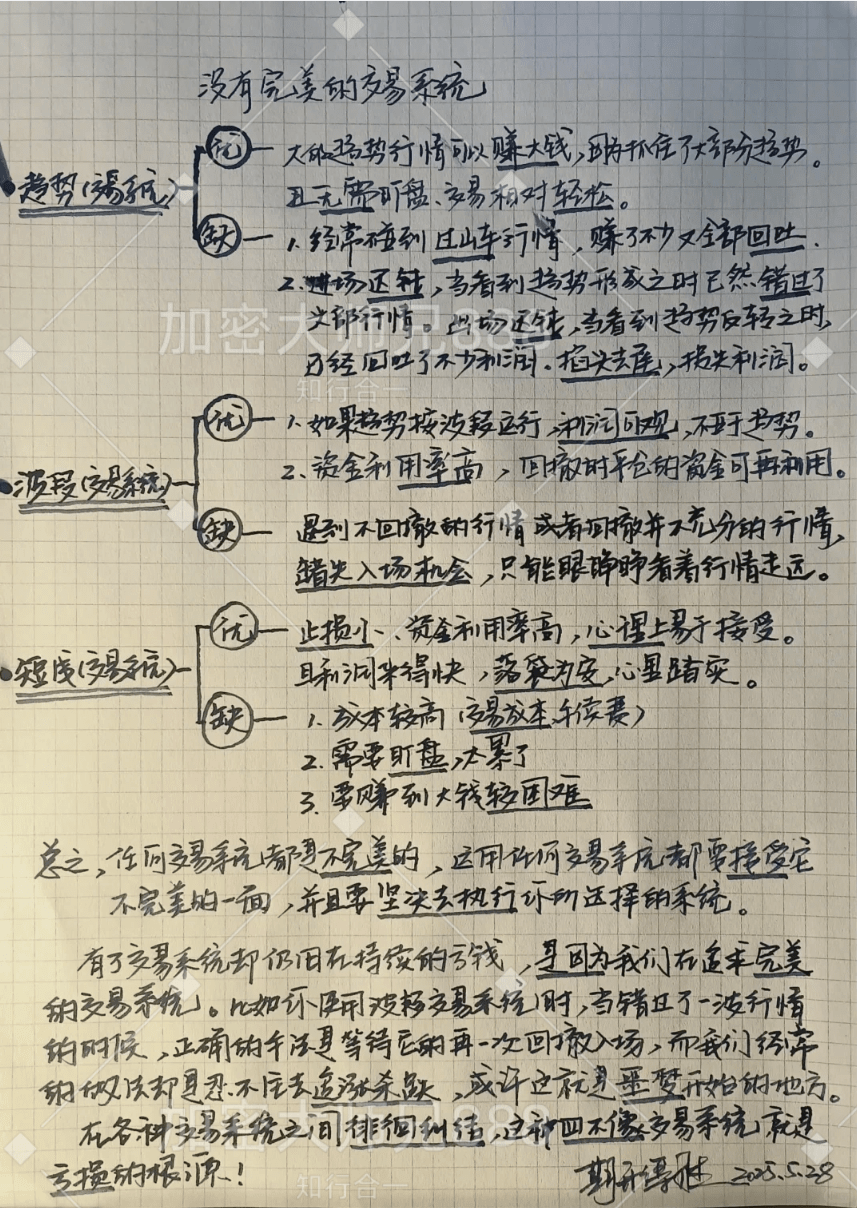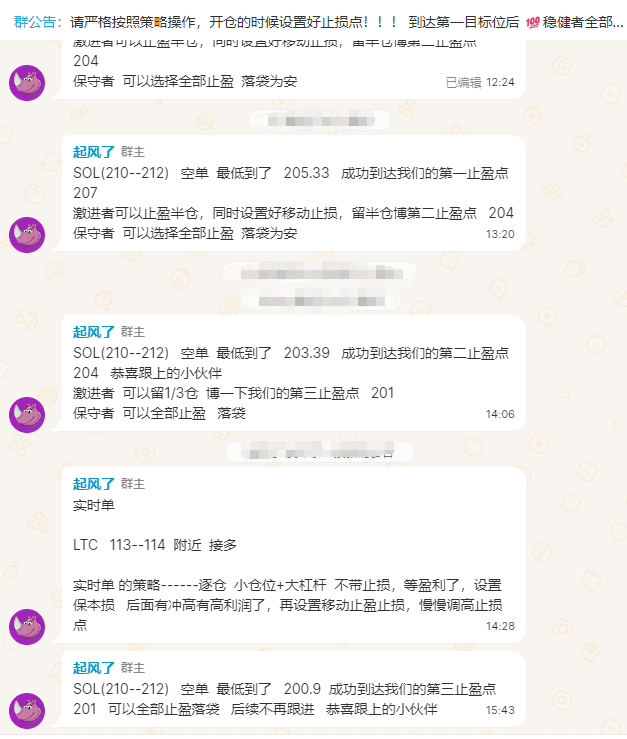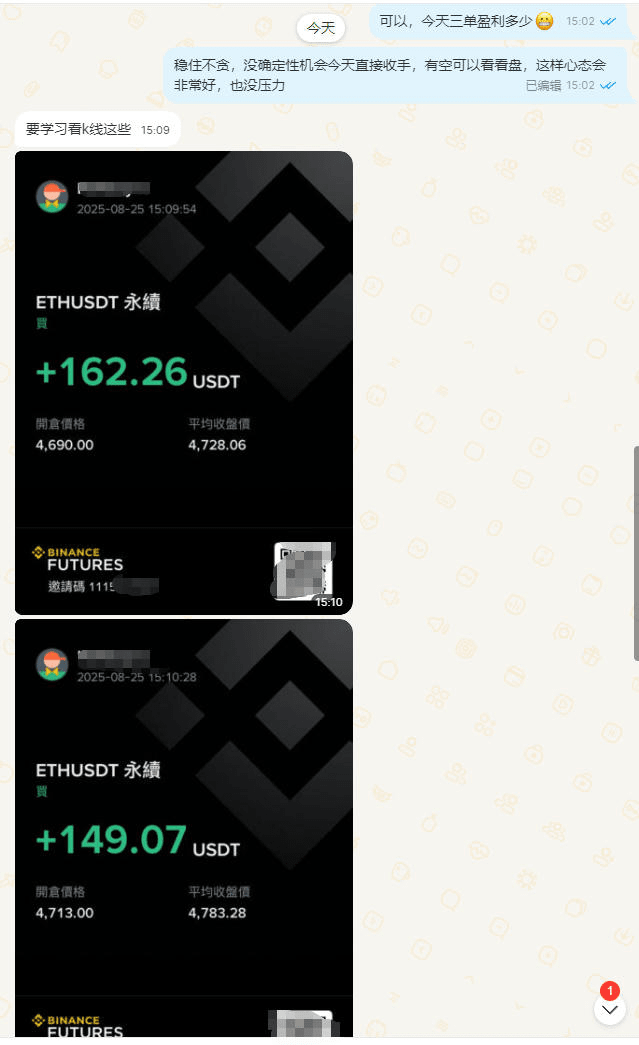No one believes, including myself
When my account went from 300,000 to zero, leaving only $800, I stood in the ruins, numb even to the pain. A friend advised me to 'find a job', I didn’t argue — but that night, I made a decision:
No longer gamble on luck, only wait for 'signals I can understand'
1. The underlying logic of waiting: replace 'anxious monitoring' with technical signals
Signal standard: only operate on 'triple confirmation' market conditions (e.g., BTC weekly MACD golden cross + RSI breaks 50 + volume increases by 200%)
Reject noise: 5-minute fluctuations do not overturn judgments, hold positions steady if daily trend remains unchanged
Case study: When ETH fell to $1600 in 2023, weekly RSI < 30 + Fear and Greed Index 15 triggered a bear market buy signal, building positions in three batches
2. Trading diary: put 'emotion' in the cage of rules
Recording dimensions:
Emotion: anxiety/greed/fear (quantified on a scale of 1-10)
Technical signals: entry criteria (e.g., 'Bollinger Bands tightening + W-bottom pattern')
Weather: extreme weather impacts miner hash rate (e.g., heavy rain causing short-term decline in BTC hash rate)
Review rules: review win rate/profit-loss ratio every Sunday, optimize signal standards (e.g., eliminate false signals like 'RSI < 30 but volume not increased')
3. Capital management: lock in profits with 'step-by-step exit'
Position building rules: $800 capital, first order invests $200 (25%), stop loss set 5% below previous low
Scaling strategy: add 10% funds for each breakthrough of a Fibonacci resistance level (e.g., 0.382 → 0.618)
Profit-taking mechanism:
Profit 30%: sell 1/3, move stop loss to break-even
Profit 50%: sell another 1/3, set remaining position profit-taking point at previous low + 5%
Profit over 80%: liquidate, wait for the next round of signals
4. The silent killer move: 'position structure' signals at tops and bottoms
Bottom characteristics:
On-chain data: increase in the number of BTC whale addresses (e.g., weekly increase in addresses > 2%)
Technical aspect: daily W-bottom pattern, and right bottom volume < left bottom (sufficient washout)
Top characteristics:
On-chain data: surge in BTC inflow to exchanges (e.g., daily inflow > 10,000 coins)
Technical aspect: weekly RSI divergence + death cross, combined with 'bearish engulfing' pattern
Twenty trades, four months, turning $800 into $90,000.
It's not a myth, and there are no miracles. It's just replacing 'impulsiveness' with 'breathing', and 'gambling' with 'rules'.
The market never rewards effort; it only rewards the right kind of waiting.
If you haven't learned to stop, you may never be able to start running.
Last night, the 'short-term trading system' shared in the student group was forwarded thousands of times in half an hour. I organized it into a technical guide, gifting new followers the 'first lesson to avoid losses':



Trading cryptocurrencies means repeatedly doing simple things, persistently using one method until it is mastered, making trading as skillful as any other profession, making quick decisions without hesitation.
This year marks my seventeenth year trading cryptocurrencies, starting with $10,000, now supporting my family through trading! I can say I've used 80% of the methods and techniques in the market. If you want to treat trading as a second job to support your family, sometimes listening and observing more can reveal insights beyond your understanding, at least saving you five years of detours!
Follow me Many souls lost on the crypto path, the senior only guides those with fate, accepting disciples...


